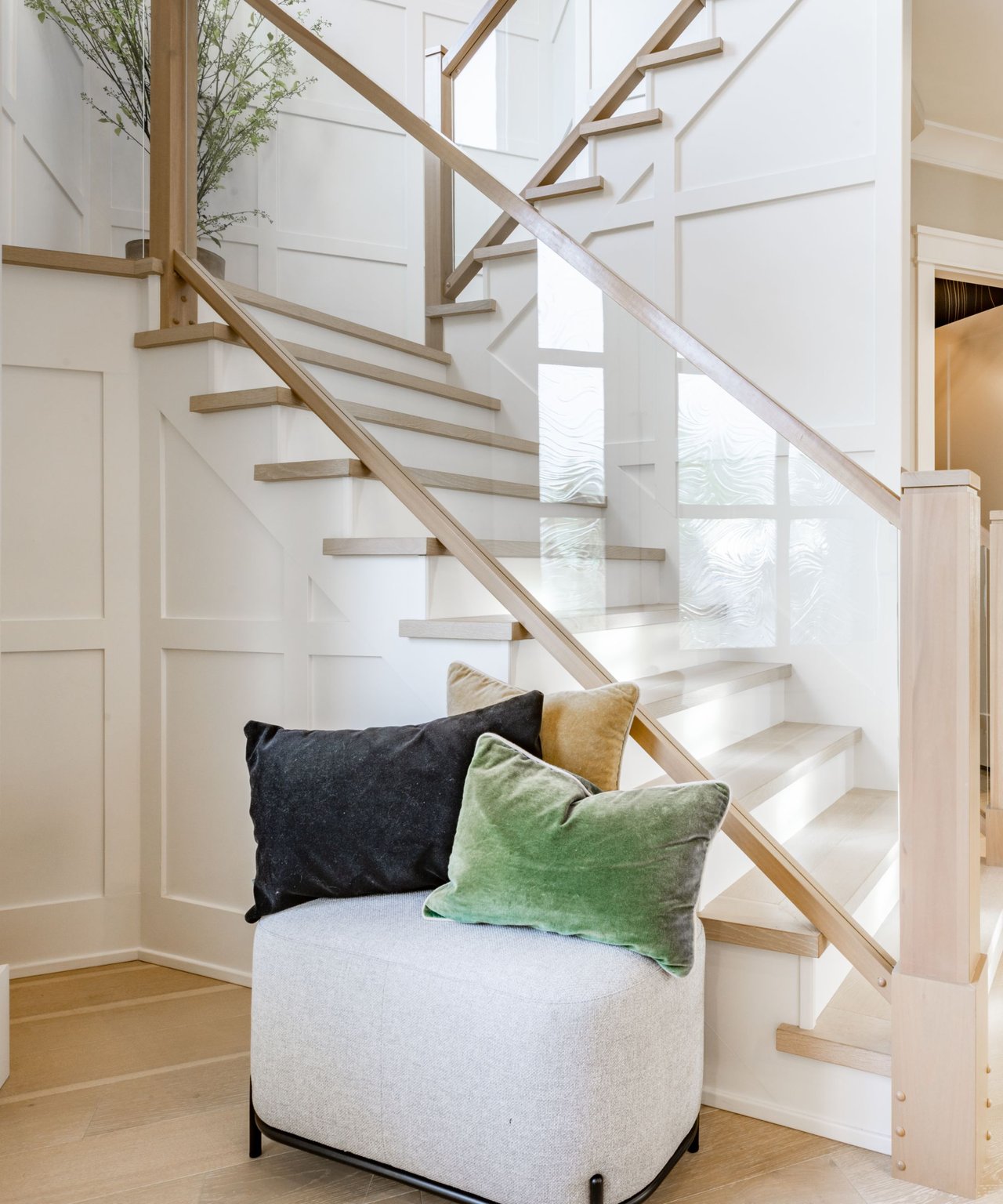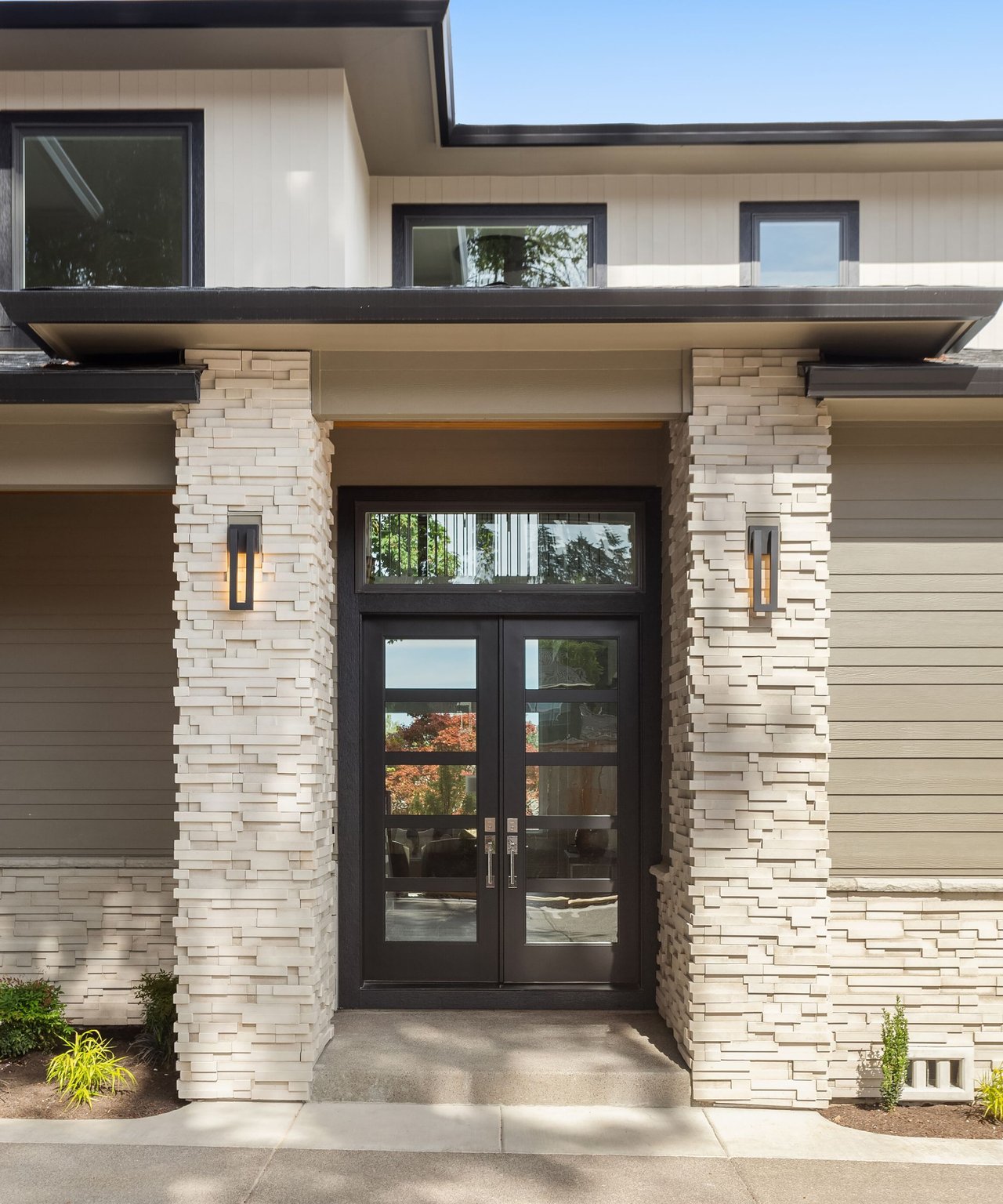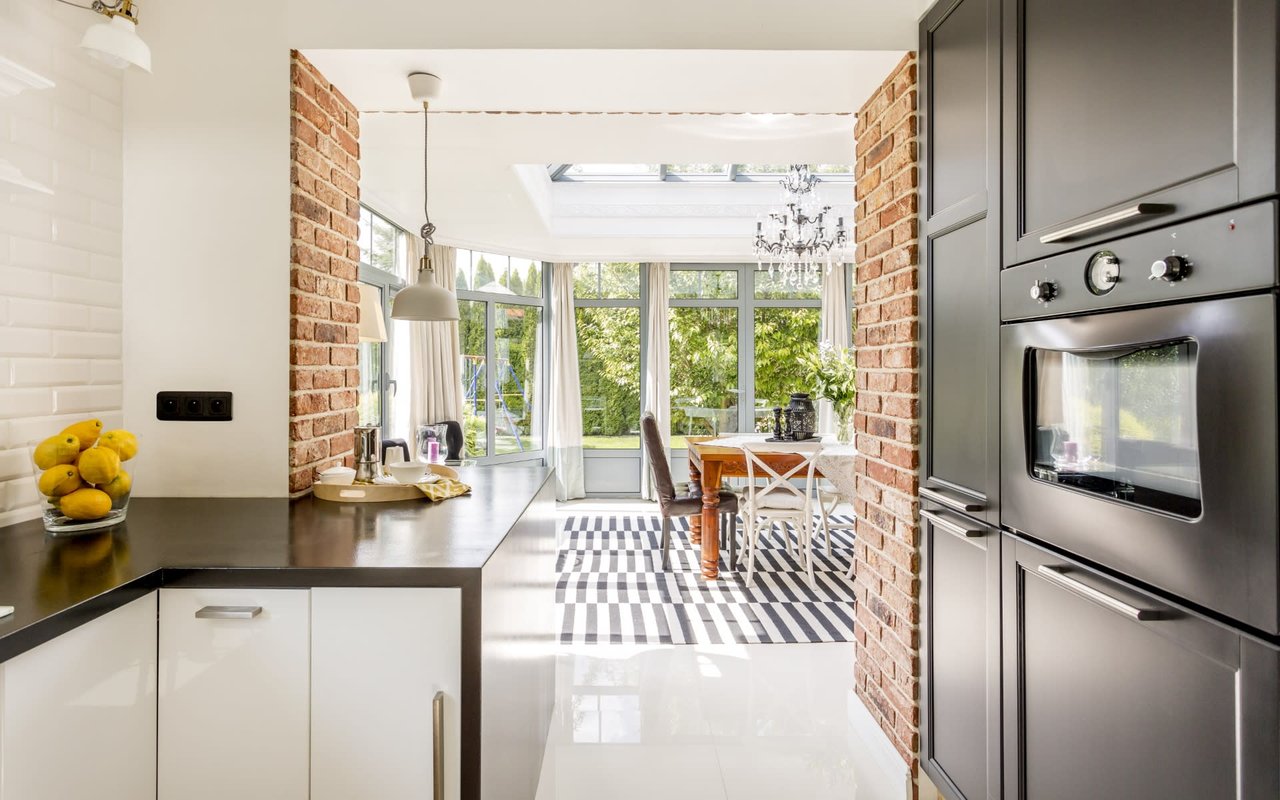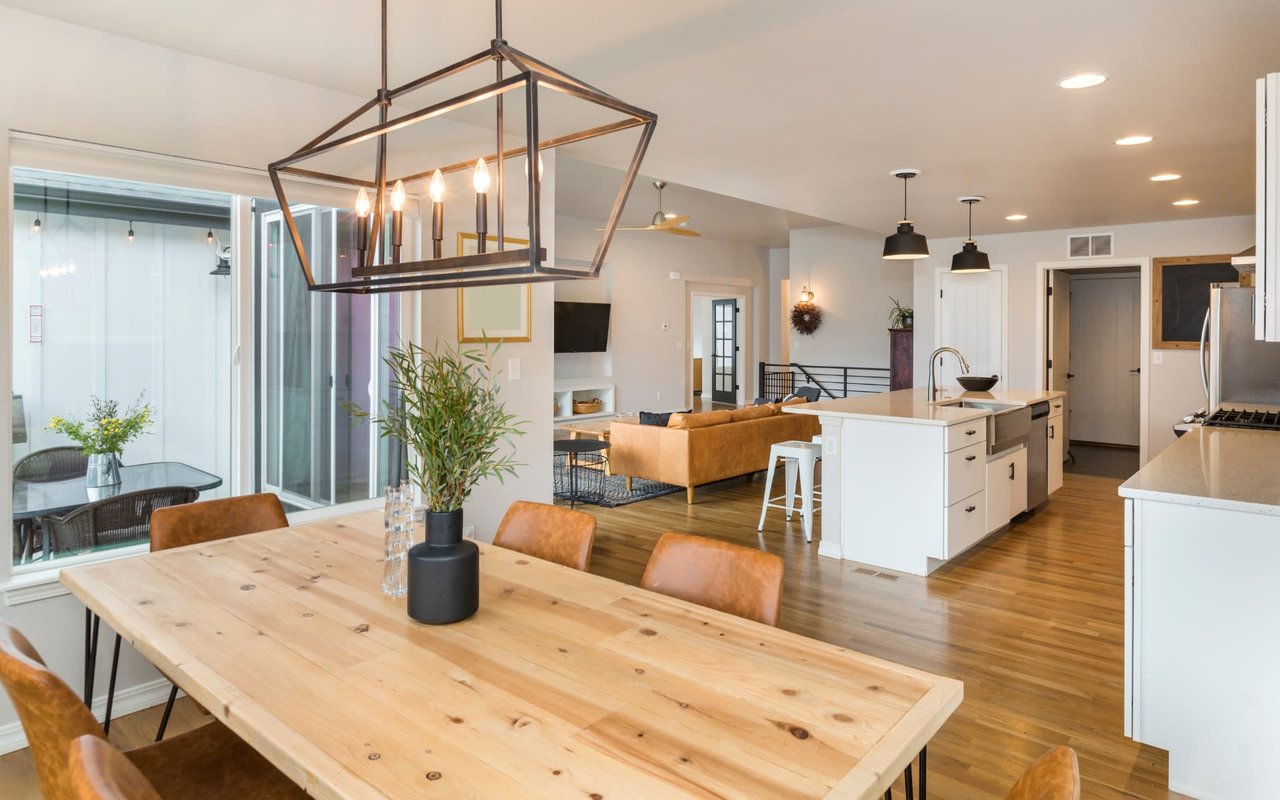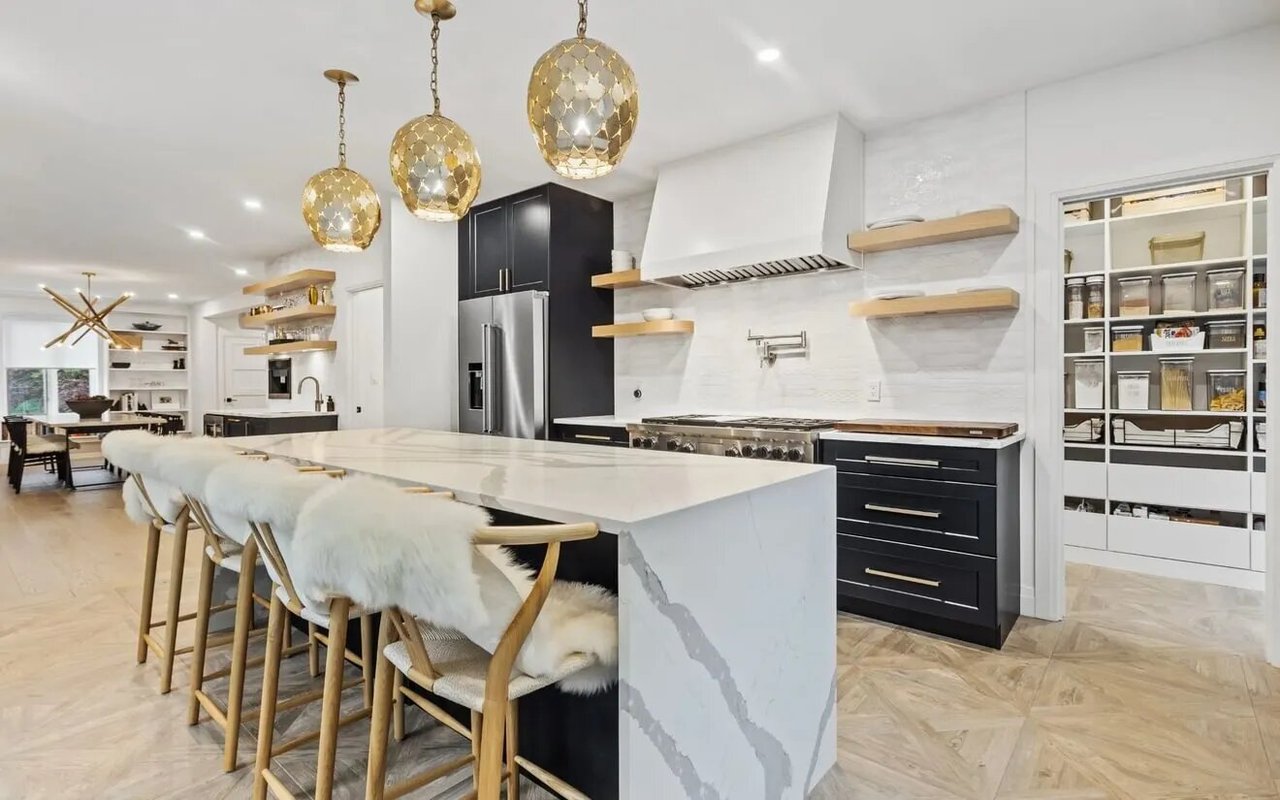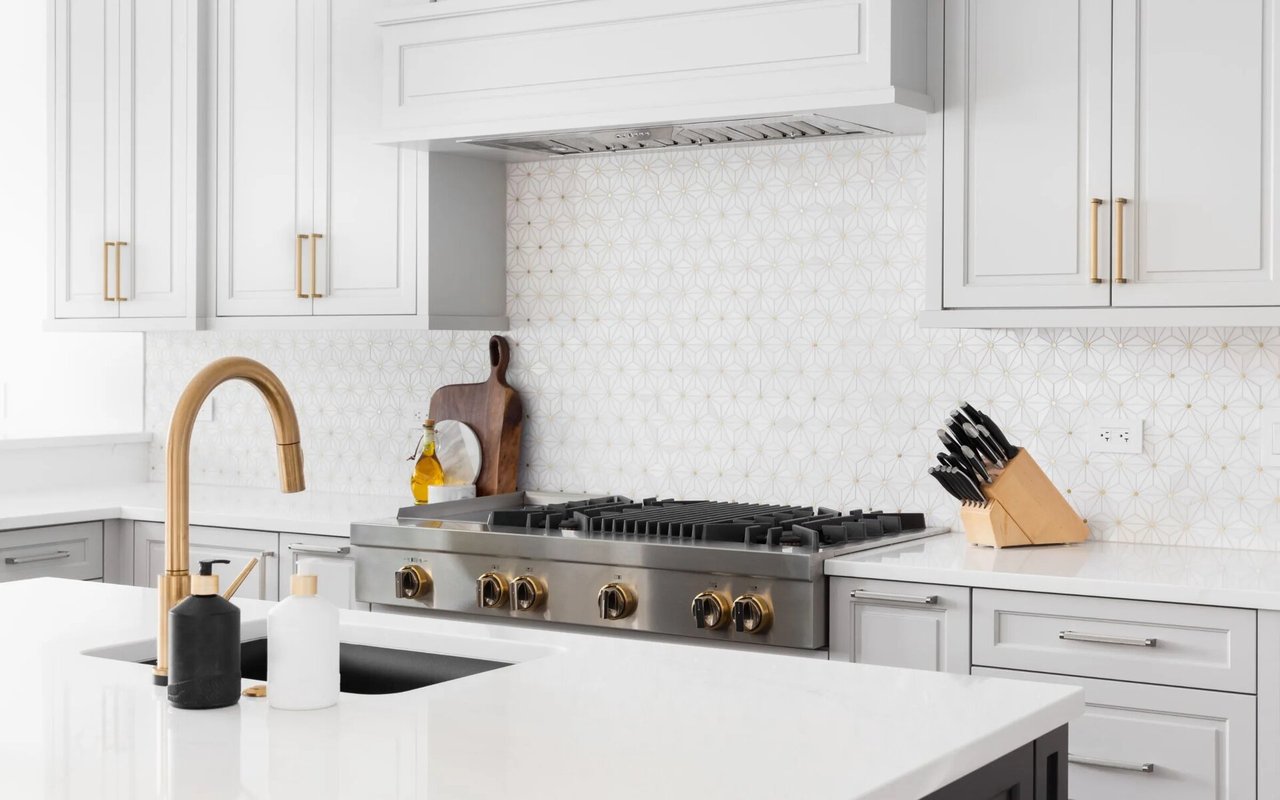For many aspiring homeowners, the biggest question is, “How much do I need to save to buy a home?” While the answer depends on various factors, breaking it down into clear components can help you plan your savings and make homeownership more achievable.
1. Minimum Down Payment
The down payment is the first major savings milestone. Many buyers are pleasantly surprised to learn that you don’t need a 20% down payment to buy a home. In fact, with many loan programs, you can get started with as little as 3% of the purchase price.
For a $420,000 home, 3% comes out to $12,600. This amount is your entry point into homeownership. However, if you can save more than the minimum, you’ll benefit from smaller monthly payments and potentially lower mortgage insurance costs. Think of the 3% as the starting line, but aim to go beyond if possible.
2. Closing Costs
Many buyers overlook closing costs, but they’re an essential part of your savings plan. These costs typically range from 2% to 5% of the purchase price, with 3% being a common estimate.
For a $420,000 home, closing costs would amount to another $12,600. This includes expenses such as loan origination fees, title insurance, appraisal fees, and more. While some of these costs can be negotiated or even covered by the seller in certain cases, it’s wise to budget for the full amount to avoid surprises.
3. Emergency Fund (Highly Recommended)
While not technically required to purchase a home, having an emergency fund is highly recommended to ensure financial stability. Homeownership comes with unexpected expenses, from repairs to fluctuating utility bills. An emergency fund acts as a safety net, giving you peace of mind and security.
Financial experts suggest saving 3 to 6 months’ worth of mortgage payments as your emergency fund. For a $2,500 monthly mortgage, this amounts to at least $7,500. Building this cushion ensures that you’re prepared for life’s uncertainties, from unexpected repairs to changes in income.
4. Your Total Savings Plan
Let’s add it all up to see what you’ll need to save for a $420,000 home:
- Down payment: $12,600+
- Closing costs: $12,600+
- Emergency fund: $7,500+
This amount represents the minimum savings needed to step into homeownership confidently. Keep in mind that saving more will always put you in a stronger financial position. Extra funds can help cover moving expenses, home improvements, or even give you a head start on furnishing your new space.
5. Tips to Build Your Savings Faster
Now that you know your savings target, here are a few strategies to help you reach your goal:
- Automate Your Savings: Set up a dedicated savings account for your homeownership goal and automate regular contributions. Even small, consistent deposits add up over time.
- Cut Unnecessary Expenses: Review your budget for areas where you can trim spending. Redirect those funds toward your savings plan.
- Look Into Assistance Programs: Many states and organizations offer down payment assistance programs or grants for first-time homebuyers. Research what’s available in your area to potentially lower your out-of-pocket costs.
- Pick Up a Side Hustle: Consider taking on freelance work, part-time jobs, or selling unused items to boost your income and speed up your savings timeline.
Did You Find This Helpful? Planning your homeownership journey doesn’t have to be overwhelming when you break it down step by step. If you found this guide helpful, don’t forget to share it with someone who’s thinking about buying a home.

